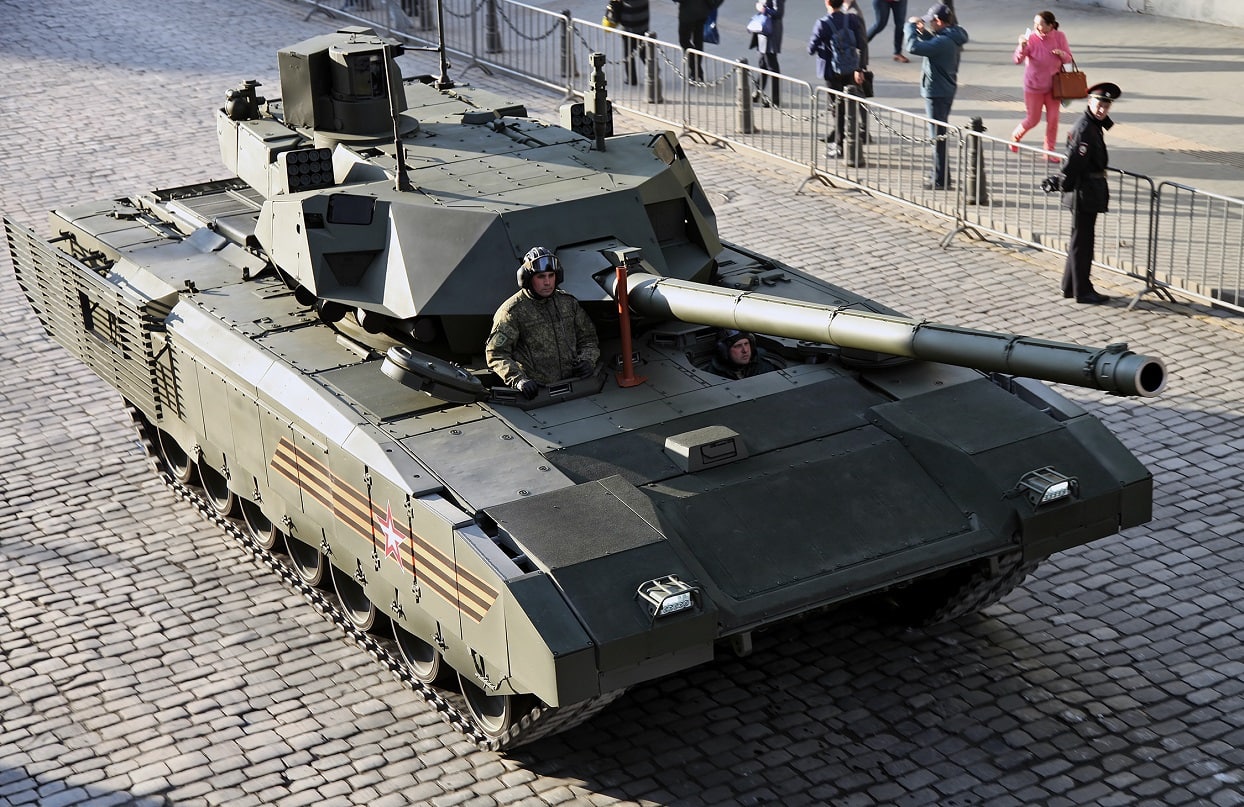Dmitry Medvedev, a powerful ally of Russian President Vladimir Putin, and himself a former president, warned this weekend that Putin might be forced to use a nuclear weapon if Ukraine’s counteroffensive succeeds.
This latest nuclear threat followed a drone attack in Russia that struck a high-rise. “Just imagine that the offensive… in tandem with NATO, succeeded and ended up with part of our land being taken away. Then we would have to use nuclear weapons by virtue of the stipulations of the Russian Presidential Decree,” Medvedev said in a Telegram post.
Earlier this month, Putin revealed that a batch of nuclear weapons had been moved to Belarus to serve as what he called a deterrent. The U.S. Defense Intelligence Agency warned that it had no reason to doubt that information.
Kyiv’s Advances, Russia’s Nuclear Threats
Although Kyiv’s counteroffensive made little initial progress, recent reports indicate that Ukrainian forces are beginning to advance. Ukrainian President Volodymyr Zelensky congratulated his troops this weekend for reportedly repelling Russian attacks in the southeastern Zaporizhzhia region, while another Ukrainian official asserted that Kyiv had liberated roughly 15 square miles around the eastern city of Bakhmut, and approximately 77 square miles in the south.
Armed with a variety of Western-provided weapons, Ukrainian forces have the means to continue to recapture territories. The Kremlin, equipped with a depleting stockpile of antiquated weapons systems, is probably feeling nervous as Kyiv’s counteroffensive gains pace. Perhaps Medvedev’s remarks are a veiled threat to the U.S. and its NATO allies to cease weapons shipments to Ukraine.
Is Moscow Positioned to Launch Tactical Nukes?
There is fear that tactical nuclear weapons could be a part of Putin’s war plans. Since many of Moscow’s missile delivery systems are dual-use — meant for both nuclear and conventional weapons — it would be very difficult for adversaries to spot preparations for a nuclear attack. These warheads can be delivered by a number of vessels, including torpedoes, missiles, and gravity bombs from air, ground, or sea forces.
Russia has more nuclear weapons than the U.S., including perhaps roughly 2,000 working tactical warheads. As explained in greater detail by Reuters, “The United States has around 200 such weapons, half of which are at bases in Europe. These 12-ft B61 nuclear bombs, with different yields of 0.3 to 170 kilotons, are deployed at six air bases across Italy, Germany, Turkey, Belgium and the Netherlands. The atomic bomb dropped by the United States on the Japanese city of Hiroshima in 1945 was about 15 kilotons.”
The U.S. Treads Lightly
Last October, Putin referenced his country’s military doctrine to underline that Russia could use weapons of mass destruction “to protect its sovereignty, territorial integrity, and to ensure the safety of the Russian people.” According to the Kremlin, Russia’s war in Ukraine is in pursuit of existential interests, and if NATO takes control of Ukraine, Russia could be next in line.
The Biden administration also fears that Ukrainian success in its counteroffensive could impact Russia’s grasp on Crimea, which U.S. Secretary of State Antony Blinken has referred to as a Russian “red line” in the past. If Crimea is threatened, Putin might be more inclined toward nuclear escalation. The White House has been careful to tread lightly when it comes to this red line. Since the war began, the U.S. has refused to provide long-range MGM-140 Army Tactical Missile Systems (ATACMs) due to concerns that Kyiv could use these weapons to launch attacks deep inside Russian territory.
While many analysts assert that Putin’s threats will never translate into kinetic action, the Kremlin’s nuclear-related rhetoric should be taken seriously. According to Russia’s most recent full military doctrine, released in 2014, the country has the right to use nuclear weapons if the existence of the Russian Federation is threatened, or in response to their use by other nations. Further, a doctrinal paper released in 2020 justifies pre-emptive Russian use of nuclear weapons. If Ukraine is successful in its counteroffensive and leaves Russia without prospect for victory, the Kremlin could consider this set of circumstances as a prelude to an attack on its own territory, and reason enough for pre-emptive action.
This weekend, Zelensky warned that the recent drone attack on Moscow was indicative of the war “coming back to Russia.” The Ukrainian president continued, saying that in light of the Kremlin’s war, it was only “natural” and “absolutely fair” for the battle to take this turn. In the past, Kyiv has been careful not to claim responsibility for UAV attacks on Russian territory. Kremlin officials called the drone attack an act of terrorism, which culminated in Medvedev’s ominous nuclear remarks.
If Ukraine continues to make progress in its counteroffensive, the Kremlin’s threats will undoubtedly escalate. Whether or not Putin would actually use tactical nuclear weapons against Ukraine is up for debate, but it is best not to assume the Russian president is fully bluffing.
Maya Carlin, a Senior Editor for 19FortyFive, is an analyst with the Center for Security Policy and a former Anna Sobol Levy Fellow at IDC Herzliya in Israel. She has by-lines in many publications, including The National Interest, Jerusalem Post, and Times of Israel. You can follow her on Twitter: @MayaCarlin.
From 19FortyFive

